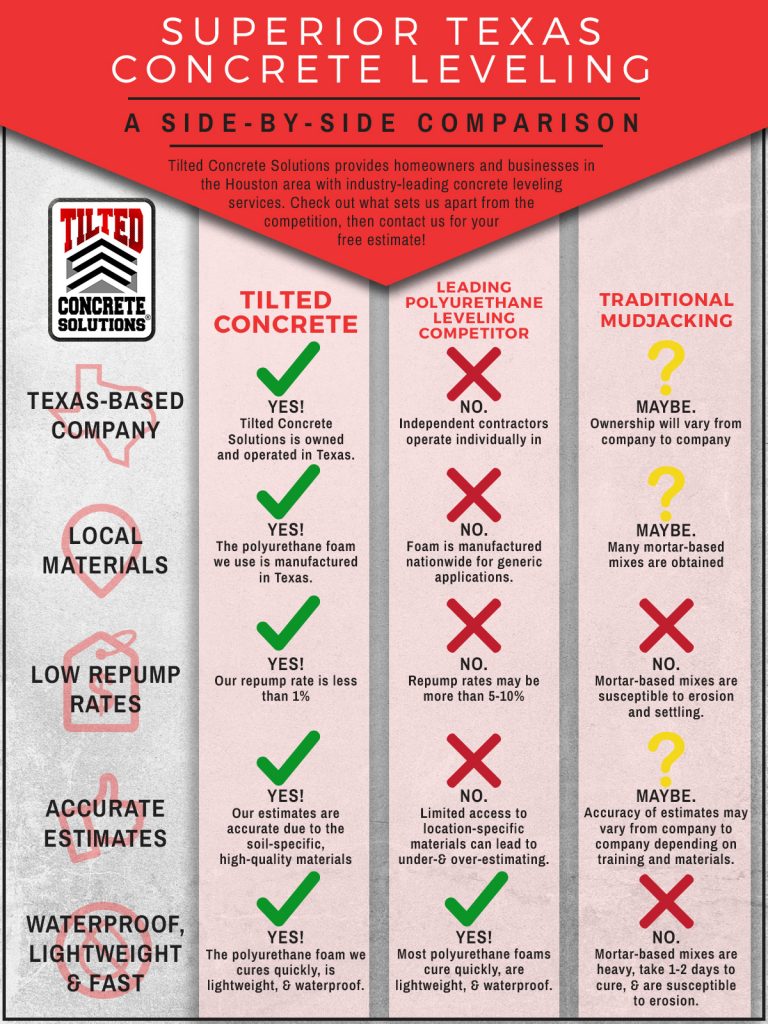Explore The Role Of Seasonal Factors In The Success Of Industrial Outside Paint And Uncover The Best Times To Safeguard Enduring Results For Your Task
Explore The Role Of Seasonal Factors In The Success Of Industrial Outside Paint And Uncover The Best Times To Safeguard Enduring Results For Your Task
Blog Article
Web Content Writer-Ford Celik
When you're preparing a business outside paint project, seasonal elements can make or break your results. You'll want to take into consideration how temperature and moisture impact paint application and drying times. Selecting the right season can guarantee your paint sticks effectively and lasts much longer. But which periods are genuinely the most effective for this type of job? Allow's check out the key elements that can affect your job's success.
The Influence of Temperature on Paint Application
When you're intending a business external painting job, the temperature level can significantly influence how well the paint sticks and dries out.
Ideally, you can find out more wish to paint when temperature levels vary between 50 ° F and 85 ° F. If it's also cold, the paint may not heal properly, leading to problems like peeling off or fracturing.
On the other side, if it's as well hot, the paint can dry too quickly, protecting against proper adhesion and resulting in an unequal finish.
You must additionally consider the time of day; early morning or late afternoon offers cooler temperatures, which can be extra favorable.
Constantly inspect the producer's referrals for the details paint you're utilizing, as they typically provide assistance on the ideal temperature level array for optimal results.
Moisture and Its Effect on Drying Times
Temperature level isn't the only ecological element that affects your industrial exterior painting job; humidity plays a significant function too. High humidity degrees can slow down drying times substantially, impacting the overall top quality of your paint task.
When the air is filled with moisture, the paint takes longer to treat, which can cause problems like inadequate attachment and a higher risk of mildew growth. If you're repainting on a particularly damp day, be gotten ready for prolonged delay times in between layers.
It's vital to keep track of regional climate condition and strategy appropriately. Ideally, aim for moisture degrees between 40% and 70% for ideal drying out.
Maintaining these factors in mind guarantees your project stays on track and provides a long-term coating.
Best Seasons for Commercial Exterior Painting Projects
What's the very best season for your business external painting projects?
Spring and early loss are normally your best bets. Throughout these seasons, temperature levels are light, and moisture degrees are commonly reduced, creating perfect conditions for paint application and drying.
Prevent summer's intense heat, which can create paint to completely dry also rapidly, leading to poor adhesion and finish. Likewise, winter's chilly temperature levels can impede proper drying out and healing, risking the long life of your paint work.
Go for days with temperatures between 50 ° F and 85 ° F for optimal outcomes. Remember to inspect the local weather prediction for rain, as damp conditions can destroy your task.
Preparation around these variables ensures your paint job runs efficiently and lasts much longer.
Verdict
To conclude, intending your business exterior painting tasks around seasonal factors to consider can make a considerable distinction in the result. By organizing work during the excellent temperature levels and moisture degrees, you'll make certain better bond and drying times. Remember to keep an eye on regional weather report and pick the right time of year-- springtime and early fall are your best choices. Taking these steps will help you accomplish a resilient and specialist coating that lasts.
